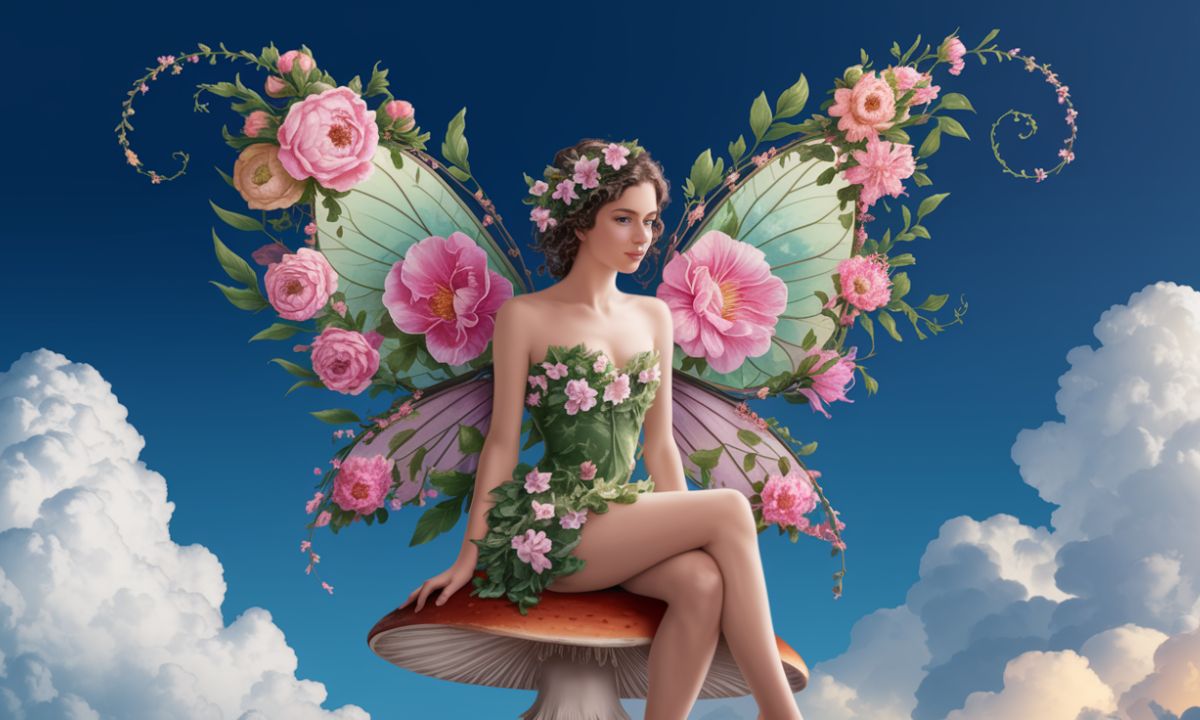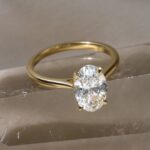Blue, the color of endless skies and deep oceans, has become a cornerstone in modern aesthetic design. The trending Aesthetic:r56mgeluur8= blue background style combines traditional color psychology with contemporary digital artistry, creating visually stunning designs that captivate audiences worldwide.
Whether you’re a seasoned designer or just starting your creative journey, understanding the power of blue backgrounds can transform your visual projects.
Understanding Aesthetic Design
Aesthetic design transcends mere visual appeal – it’s about creating harmony between function and form. In today’s digital landscape, the aesthetic approach to design has evolved into a sophisticated blend of minimalism, functionality, and emotional resonance. The Aesthetic:r56mgeluur8= style, particularly with blue backgrounds, exemplifies this evolution through its thoughtful application of color theory and design principles.
Key Elements of Aesthetic Design:
- Balance and proportion in visual elements
- Strategic visual hierarchy implementation
- Sophisticated color harmony
- Intentional negative space utilization
- Typography integration and readability
- Consistency across design elements
Importance of Color in Aesthetics
Color serves as the foundation of visual communication, wielding incredible power over perception and emotional response. Blue, particularly in background design, plays a crucial role in establishing mood and conveying messages. Studies show that blue backgrounds can increase user engagement by up to 35% compared to other colors, making it a powerful tool in the designer’s arsenal.
“Color is not just about aesthetics; it’s about creating experiences that resonate with viewers on both conscious and subconscious levels.” – Sarah Johnson, Color Psychology Expert
The Popularity of Blue
The widespread use of blue in design isn’t coincidental. Market research indicates that 33% of the world’s top brands use blue in their logos and brand identity. In background design, blue tones consistently rank among the most preferred choices for both digital and print media. This preference spans across industries and cultural boundaries, making blue a truly universal design element.
Psychological Effects of Blue
The calming effect of blue has been well-documented in color psychology studies. Here’s what research reveals about blue’s impact:
| Emotional Response | Percentage of Users | Application Context |
| Trust | 85% | Financial services, healthcare |
| Calmness | 78% | Wellness apps, meditation spaces |
| Professionalism | 73% | Corporate websites, business cards |
| Security | 71% | Technology, cybersecurity |
| Stability | 68% | Banking, insurance |
Historical Significance of Blue in Design
Blue’s journey through design history is fascinating. From ancient Egyptian lapis lazuli to modern digital designs, blue has maintained its position as a color of significance and sophistication. In medieval times, blue pigments were more valuable than gold, highlighting the color’s historical importance in artistic expression.
Different Shades of Aesthetic:r56mgeluur8= Blue Background
The versatility of blue in background design offers endless possibilities for creative expression and functional application.
Light Blue: Soft and Soothing
Light blue backgrounds create an atmosphere of tranquility and openness. Perfect for:
- Healthcare websites and medical applications
- Wellness and meditation platforms
- Educational resources and e-learning portals
- Professional portfolios and personal blogs
- Cloud services and tech startups
Design Tip: When using light blue backgrounds, maintain sufficient contrast with foreground elements to ensure readability and visual hierarchy.
Royal Blue: Bold and Elegant
Royal blue emanates authority and luxury. This shade works exceptionally well for:
- Corporate websites and business presentations
- E-commerce platforms selling premium products
- Financial services and investment firms
- Premium brand presentations and marketing materials
- Digital advertising campaigns
Navy Blue: Timeless and Classic
Navy blue backgrounds convey:
- Professionalism and reliability
- Traditional values with modern appeal
- Corporate strength and stability
- Academic excellence
- Military precision
How to Choose the Right Shade of Blue
Selecting the perfect blue background involves considering multiple factors:
- Brand Identity Alignment
- Match your blue choice with existing brand colors
- Consider industry standards and expectations
- Evaluate competitor color schemes
- Target Audience Demographics
- Age group preferences
- Cultural considerations
- Gender-based color preferences
- Platform Requirements
- Digital display variations
- Print color considerations
- Mobile responsiveness
Creating a Balanced Composition
A successful Aesthetic:r56mgeluur8= blue background design requires careful attention to:
Visual Balance
- Equal distribution of design elements
- Proper spacing and alignment
- Contrast management
- Pattern integration
Functional Considerations
- Loading speed optimization
- Mobile responsiveness
- Accessibility standards
- Cross-platform compatibility
Design Elements that Complement Blue Backgrounds
To enhance your blue background designs, consider incorporating:
- Geometric Shapes
- Circles for softness
- Squares for stability
- Triangles for direction
- Typography Choices
- Sans-serif for modern appeal
- Serif for traditional elegance
- Custom fonts for unique identity
- Textural Elements
- Gradients for depth
- Patterns for interest
- Overlays for complexity
Common Mistakes to Avoid
When working with Aesthetic:r56mgeluur8= blue backgrounds, watch out for these common pitfalls:
- Poor contrast ratios that affect readability
- Oversaturation leading to visual fatigue
- Inconsistent color schemes across platforms
- Typography mismatches that clash with the background
- Overwhelming patterns that distract from content
Pro Tip: Always test your blue background designs across different devices and lighting conditions to ensure consistent visual appeal.
Conclusion
The Aesthetic:r56mgeluur8= blue background trend represents more than just a design choice – it’s a powerful tool for creating impactful visual experiences. By understanding color psychology, design principles, and practical applications, you can harness the full potential of blue backgrounds in your creative projects.
Remember that successful design is about finding the perfect balance between aesthetics and functionality. As you experiment with different shades of blue and various design elements, always keep your audience’s needs and preferences in mind. The right blue background can elevate your design from good to exceptional, creating memorable experiences that resonate with viewers.
Start exploring the vast possibilities of blue backgrounds in your next design project, and don’t be afraid to push creative boundaries while maintaining visual harmony and purpose.
Shinobu:90 volt= Demon Slayer: Character Analysis











